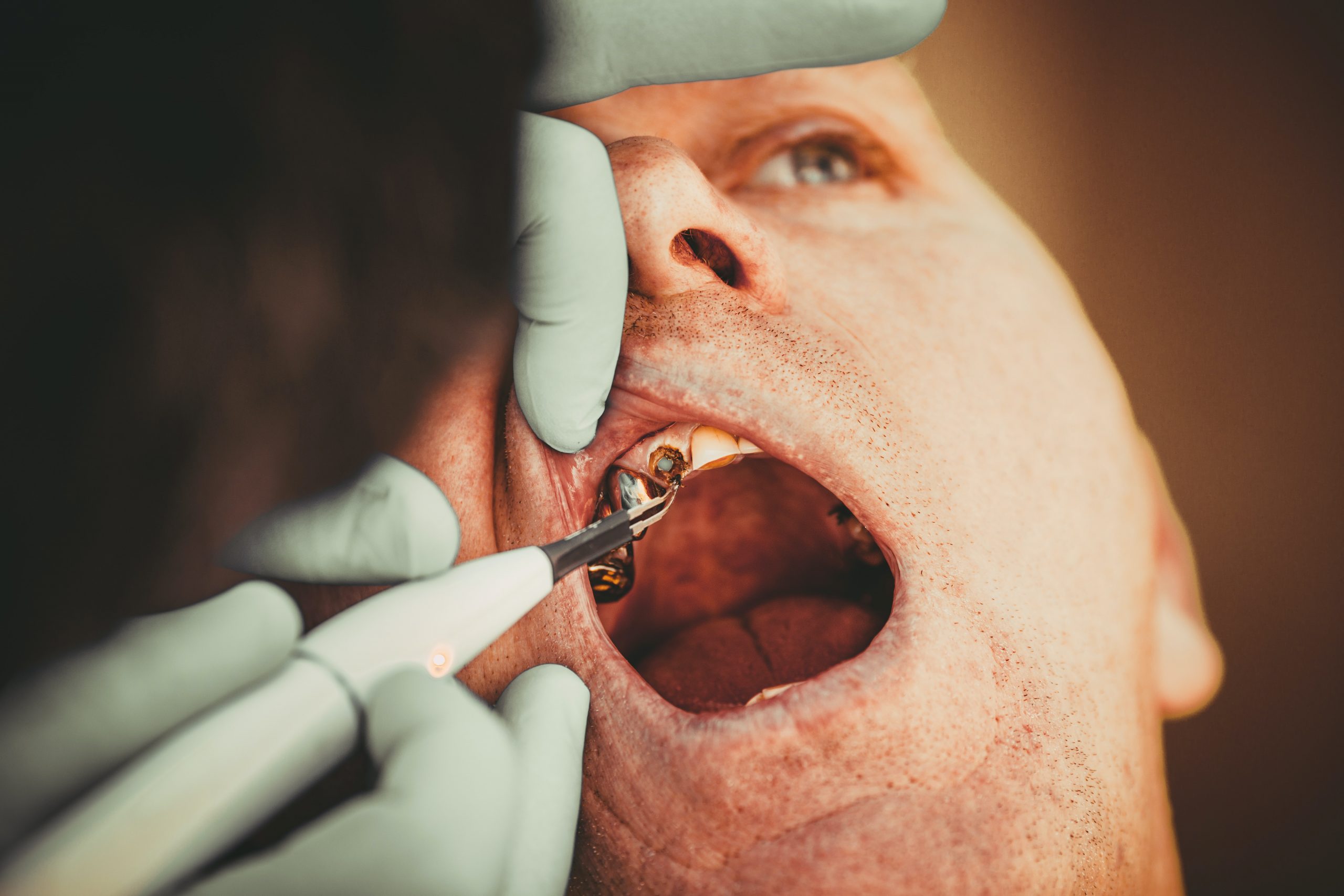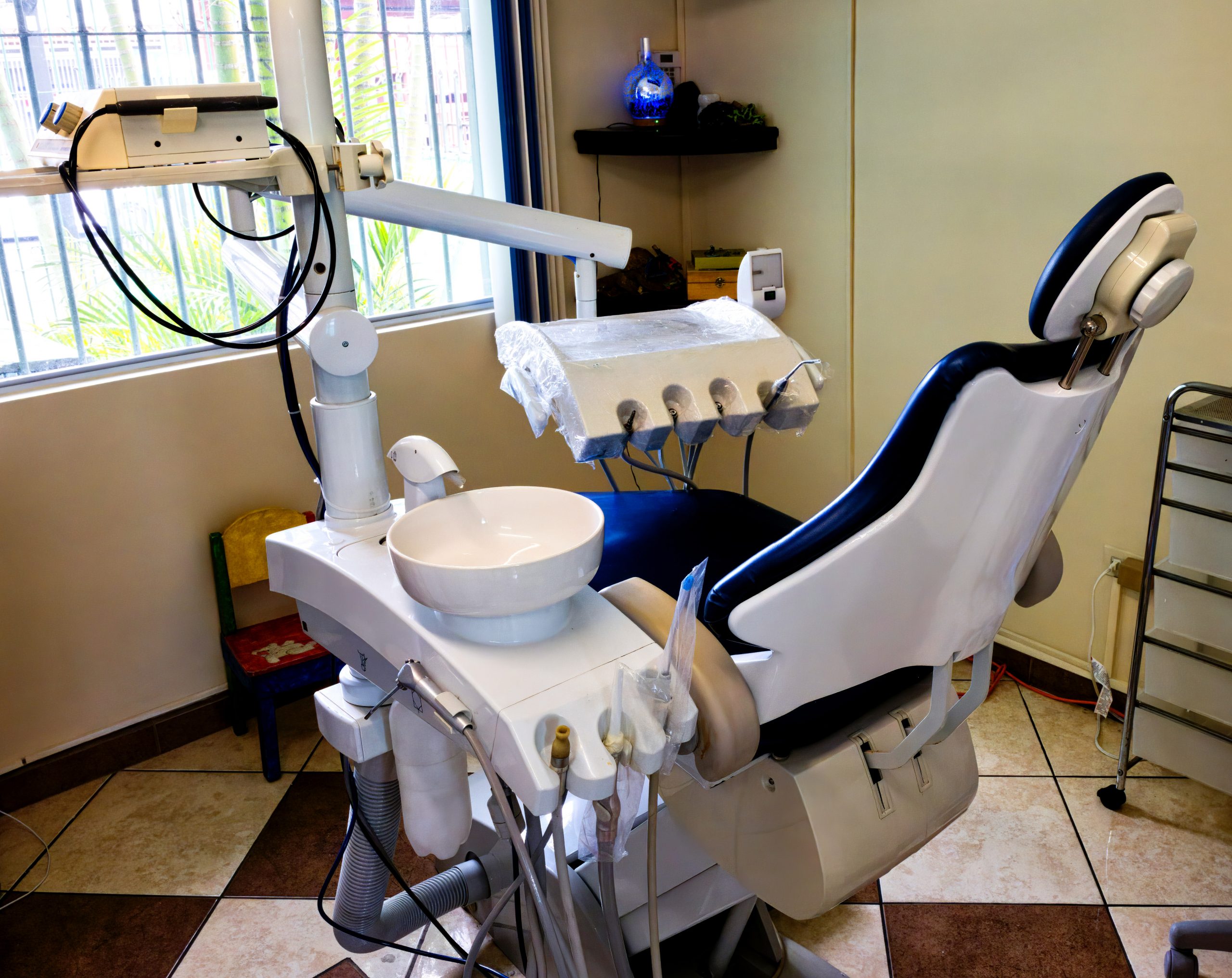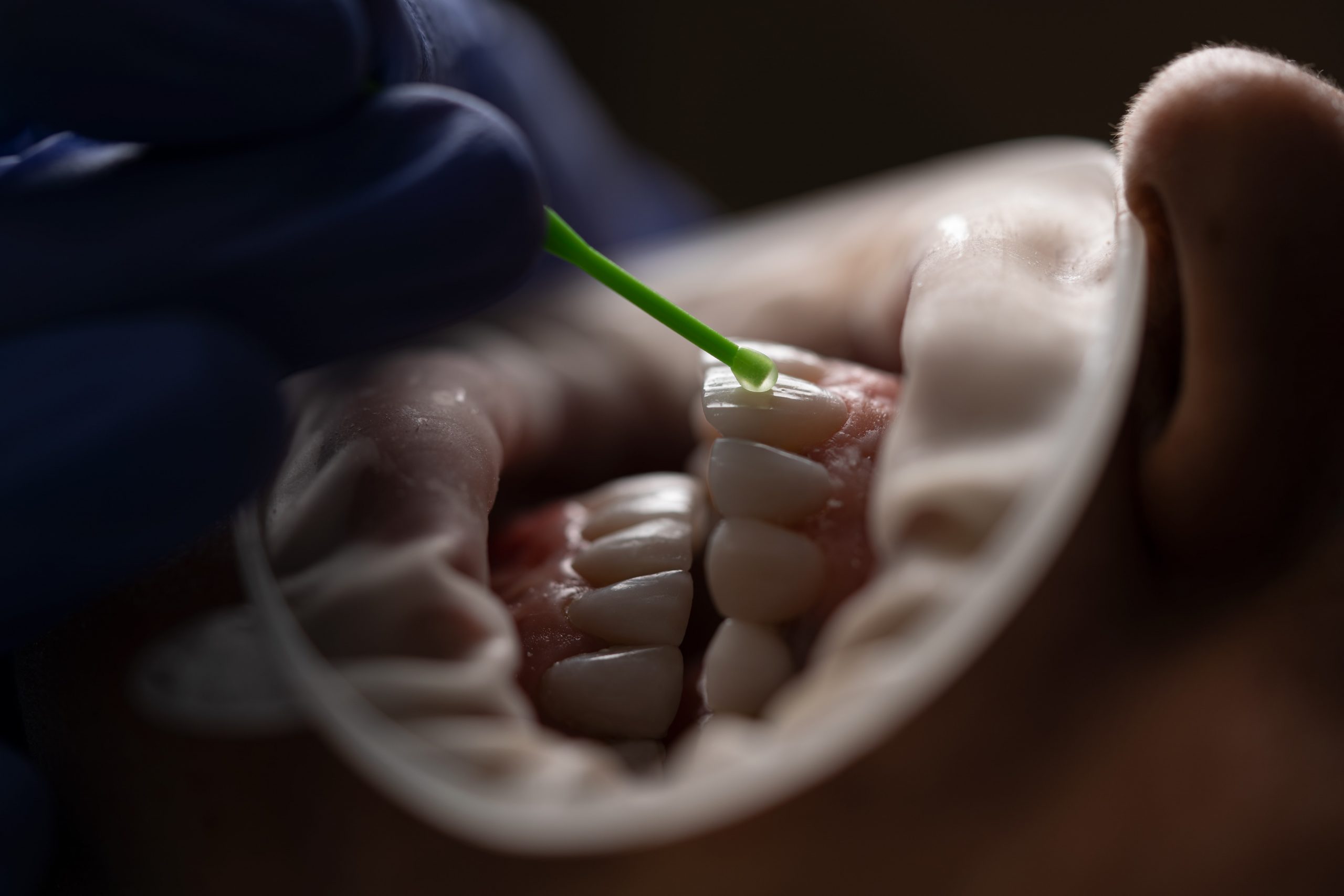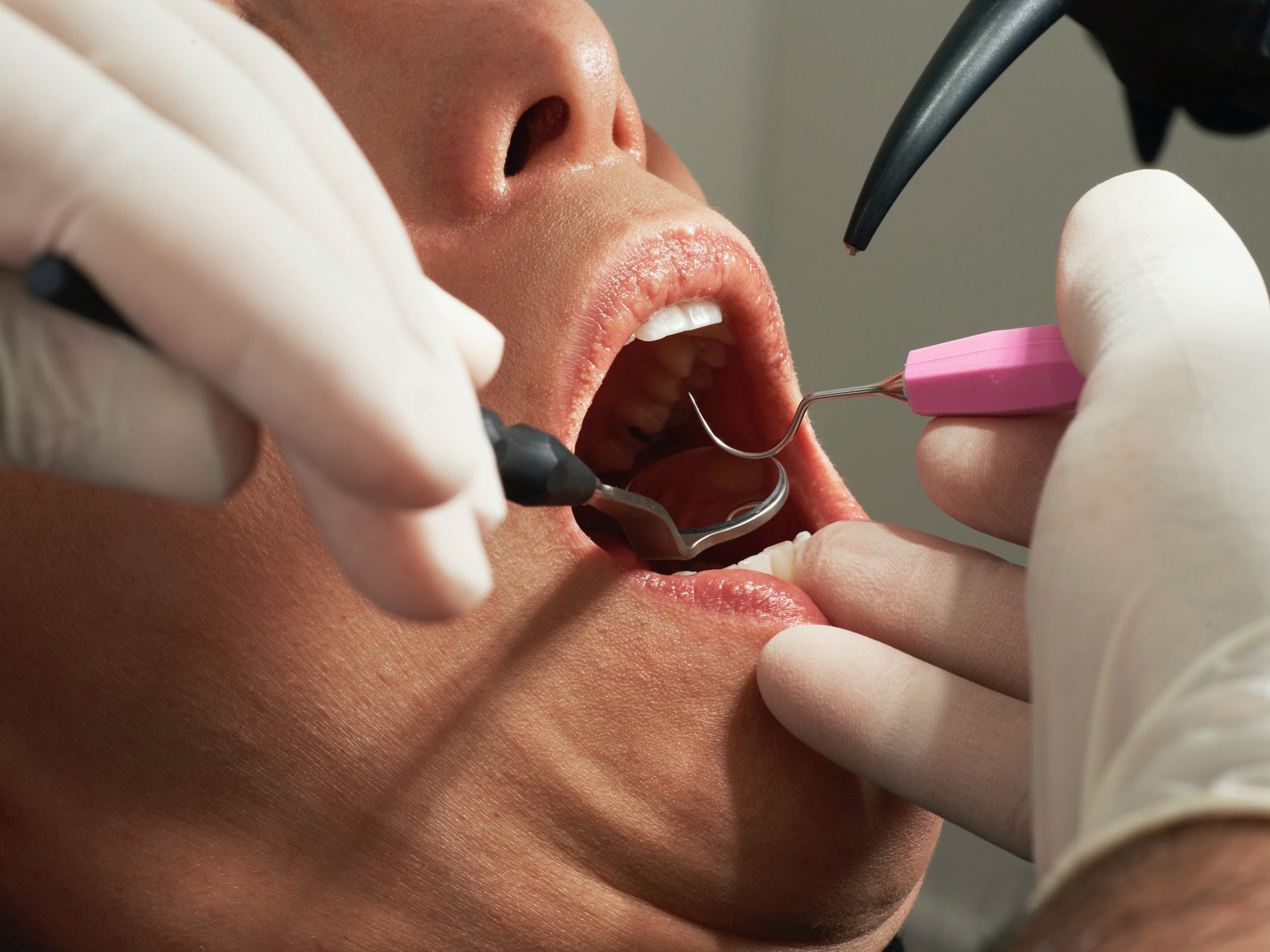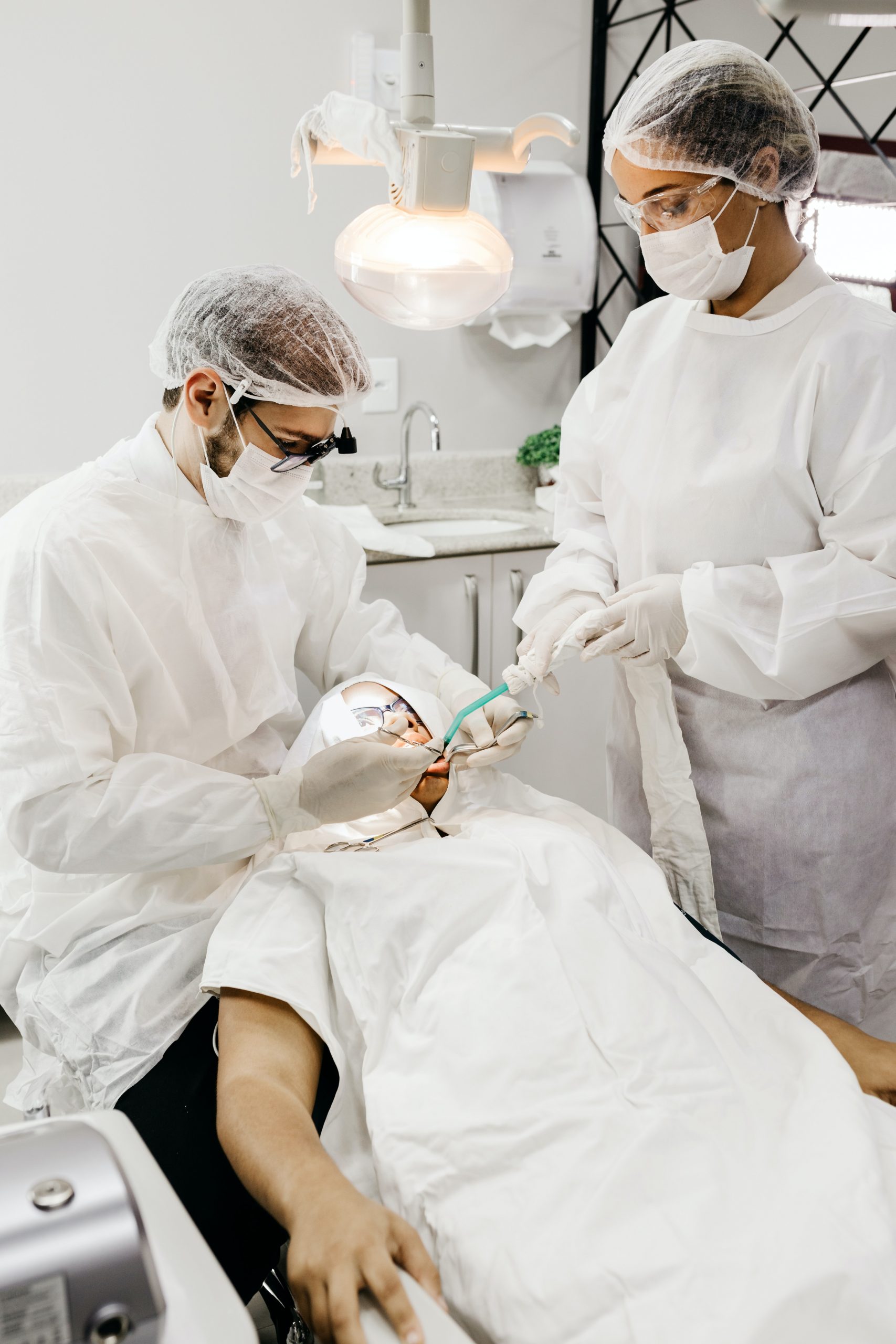
Management of discolored tooth
A discolored tooth can have a significant impact on a patient’s confidence.We can often effectively counteract this problem by whitening dead teeth. It is much more conservative than covering the discoloration with a veneer or crown.
Discolored tooth can be of two types :
i) on vital tooth
ii) on Non vital tooth
The treatment modalities for both the cases will be different.
Causes of discoloration of tooth
External factors: The external factors responsible for discoloration of tooth are
i) Use of tobacco
ii)Diet( tea, coffee, green tea)
Internal factors: The internal factors responsible for tooth discoloration are
i)Medicines like tetracycline
ii)Pulp canal obliteration
iii)Pulp pathology
Management of discoloration of teeth
There are two main types of whitening procedures:
i)dead bleaching: performed on a tooth that has had a root canal treatment;
ii)Vital Whitening: performed on living teeth.
Sodium perborate is stable and available in white crystalline form. It contains almost 95% perborate, which corresponds to 9.9% available oxygen. It comes in various forms, e.g. sodium perborate monohydrate, sodium perborate trihydrate and sodium perborate tetrahydrate.
Hydrogen peroxide is used in dentistry in a concentration of 5% to 35% as a bleaching agent. It is divided into organic and inorganic. They are a powerful oxidizing agent that breaks the double bond of an inorganic and organic compound. Due to its low molecular weight, it can easily penetrate the dentin and release O2 in the tubules. Bleaching dead teeth that have been endodontically treated using the “foot” bleaching technique is a procedure that requires time and multiple visits.
Complications of bleaching
Cervical resorption is one of the complications that can occur after dead teeth whitening treatment. To avoid this, gutta-percha was removed directly below the cement-enamel junction after the root canal treatment and the barrier was sealed with a GIC.
After the bleaching process, neutralize the acidic environment in the tooth cavity by inserting it a calcium hydroxide suspension for 7 days. This time is needed to release 98% of the remaining oxygen and to remineralize the dentine to stabilize the color and ensure proper bonding with the composite restorative.
The walking whitening technique can Choice for whitening discolored dead cases treated with endodontic or prosthetic procedures. It is a less invasive and very effective method to easily and effectively achieve the desired results.

